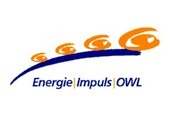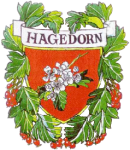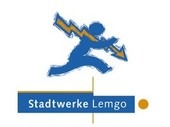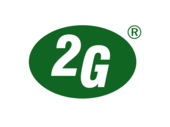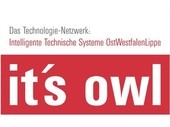Integrated Sensor Concepts for Dielectric Elastomer Actuators
Actuators based on dielectric electroactive polymers (DEAP) use the electrostatic pressure to convert electric energy into strain energy. Besides this, they are also predestined for sensor applications to monitor the actual stretch state based on the deformation dependent capacitive-resistive behavior of the DEAP. Considering DEAP actuators for positioning applications, like stack- or roll-actuators, the actual position, length or stretch of the actuator is required for a precise control. Thus, integrated sensors made of DEAP can be used to determine the actual stretch state with sufficient accuracy and high dynamics on the one hand. On the other hand the electrical behavior of the DEAP transducer itself can be evaluated for the estimation of the stretch state representing a sensor-less concept. In this paper at first the state of the art of sensor-based and sensor-less concepts for determining the stretch state of DEAP transducers is presented. Afterwards the authors propose novel concepts for DEAP-based sensors integrated into stack- and roll-actuators. These concepts are compared with each other in terms of sensitivity, accuracy, dynamics and integration efforts for the realization. Finally, fundamental concepts, estimation algorithms and different approaches for monitoring the actual stretch state are presented based on the electrical parameters of a lossy DEAP transducer, which are suitable both for sensor-based and sensor-less concepts.




